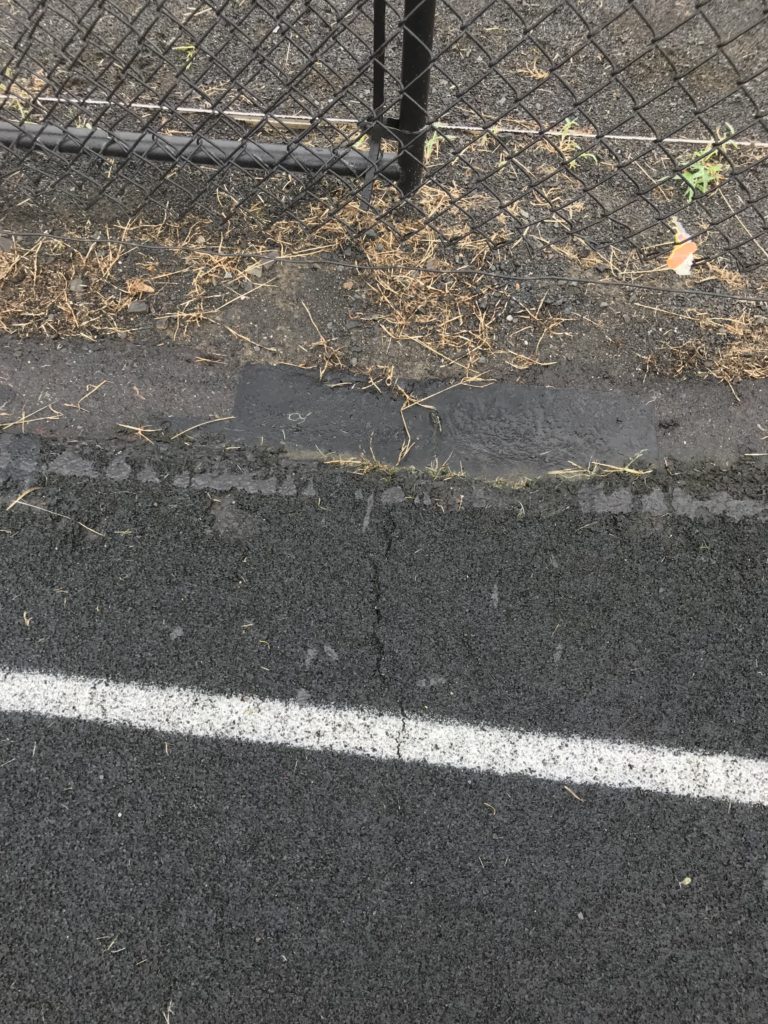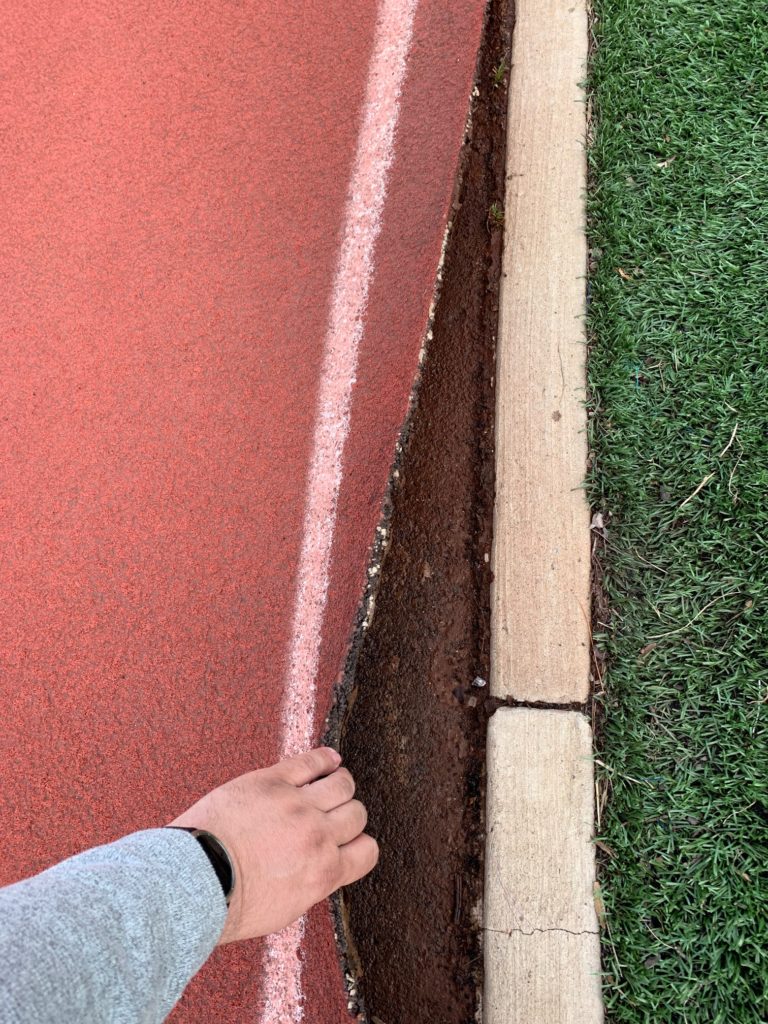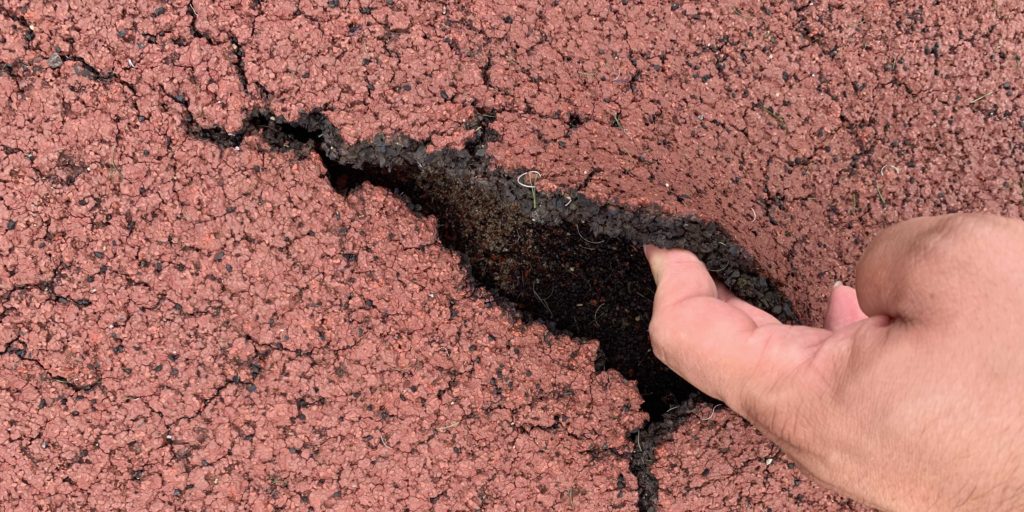What’s next for your track? A couple of signs to look out for
The normal life cycle of a running track includes at least one resurfacing before a complete removal and replacement. Some tracks, depending on a number of factors, can be resurfaced more than once during its life as well.
What determines whether or not a track can be resurfaced? A number of factors, but it mostly comes down to what is below.
The condition of the asphalt below the track surfacing is the No. 1 factor in determining whether or not a track can simply be resurfaced. Typically, asphalt should last 20 to 25 years, but the type of surface, quality of the original install, weather and use can call affect the life of the asphalt. Just because it’s less than 20 years old doesn’t mean it’s in good shape and sometimes a 30-year-old base is in great shape. But the 20-year benchmark is a great place to start.

The next thing to look for is how well the track surfacing is bonded to the asphalt below. Over time, the surfacing can delaminate from the asphalt. Water can cause this, as well as abuse of the track. Vehicles driving on the track and turning can cause the track to rip loose from its base. These issues typically compound over time – once a track begins to come lose, it will get worse.
It’s always a good idea to have a qualified professional inspect the track, but you can look for the tell-tale signs yourself.
When asphalt ages, it begins to crack. Cracking usually begins on the outside or inside edges, and the worst structural cracks run perpendicular to the track’s lanes. If you can see small cracks, there are usually more.
You can patch minor faults and still resurface a track with small cracks beginning to form, but you might not get the full lifespan of the surfacing before the cracks come through again.
While walking the track, also try to feel for loose spots. If there are bubbles forming in the surfacing and they feel crunchy when you step on them, the asphalt below is failing, not just the surfacing.

A track that is delaminating is easy to spot. Typically this happens on the edges. Sometimes it’s the result of a damaged edge that was left exposed, allowing water to enter the track. Freeze-thaw cycles pry the track from the asphalt base more and more as time goes on.
Sometimes the track can begin to come loose from its base away from edges though. You can sometimes feel this, but you can definitely hear it when you walk on it or scuff your foot on a loose area.
Like cracks, minor areas of delamination can be repaired. However, larger areas might need to be removed and replaced. This is when it becomes a cost analysis decision. Is it worth it to repair the track before resurfacing, or does it make more financial sense to simply remove the entire track and build a new one with no underlying issues.




